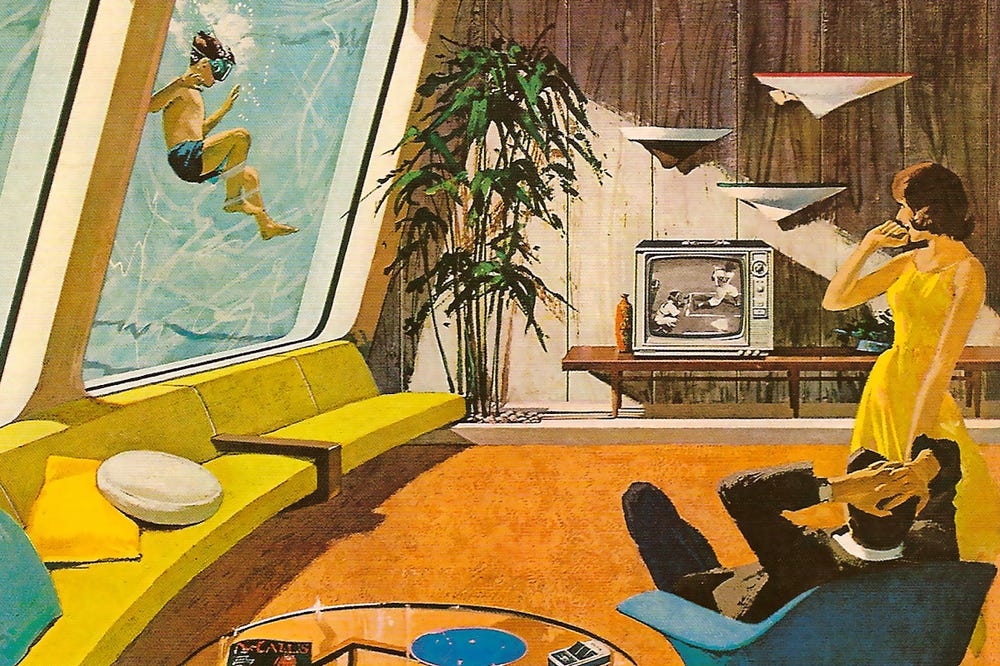#art #web3 #NFT #crypto #Knights #Knightsbridge
“The decentralized world of web3 and NFTs offers artists an alternative to the traditional business model”–Paul Ebeling
Throughout history, artists have often gotten a raw deal with middlemen profiting from their work long after they received and spent the fees they were paid.
Now, we believe that the decentralized world of web3 and NFTs offers an alternative. By creating and releasing work as non-fungible, digital tokens, they have the opportunity to take control of how and where their work is used and set payment terms that are more favorable to them.
The Big Q: How does it work?
The Big A: NFTs are tokens that live on a blockchain, like cryptocurrency. How they differ from cryptocurrency tokens is that every 1 is unique. This means that they can be used to confer that “uniqueness” on other assets that they are associated with. The most popular initial use case for NFTs has been digital artwork. the artist known as Beeple (Mike Winkelmann) became popular with online collectors and regularly selling for big money.
NFTs most often live on the Ethereum blockchain, other blockchains such as Polygon and the Binance smart chain are also capable of storing them. So if you want to understand the concepts behind NFTs, it is important to remember that NFTs are not the pieces of artwork themselves, they are tokens that act as certificates of ownership for the artwork.
They are not just useful for recording ownership of art, utility NFTs exist that function as everything from event tickets to proof of ownership of rare whiskies and soon Tier 1 classic and vintage motor cars. Many believe that the real value of NFTs lies in the metaverse – a term used to describe the interconnected, persistent digital environments that the internet will evolve into as we all get accustomed to spending more and more of our lives in digital worlds. There, NFTs will be used for everything from proving ownership of virtual land and property to unique collectibles that we will use to enhance our personal virtual space.
Due to their ability to include smart contracts, executable pieces of code that are also included on the blockchain and can carry out certain tasks when conditions are met they can revolutionize how royalties are paid and how artists earn a living.
Pre-crypto everything relied on trust, signing legal papers, chasing up payments. And once sold that is all!
Functionality built into the concept of NFTs means that smart contracts can be programmed to execute every time a piece of art is sold and re-sold among collectors, with the original artist receiving a bit of every sale, not just the 1st. Although great for artists, the potential ramifications go even further, potentially even changing the way society sees the relationship between artists, their work, and those who consume it.
Another benefit that NFTs bring to the art world is provenance. The immutable, encrypted nature of the blockchain means it can be used to prove not only where the artwork came from but where it has been and who has owned it since 1st sold. This is useful because prestigious owners, such as galleries, renowned collectors, or celebrities, can have their own impact on the value of a piece of art or the culture that is built up around it.
Through its association with an NFT, art creates a new class of asset that fits with the lives of generations who live in the digital world just as much as they do in the physical world.
International experts Elaine Trebek and Natalie Silva are curating Knightsbridge’s entry into the field with the mission to become #1. Click here for our archive
And stay tuned…
Have a prosperous week, the Chaos is over!









